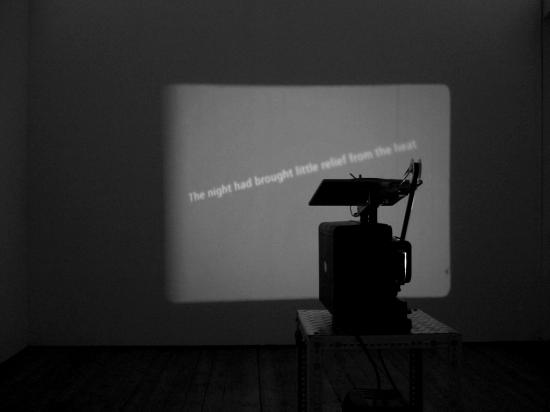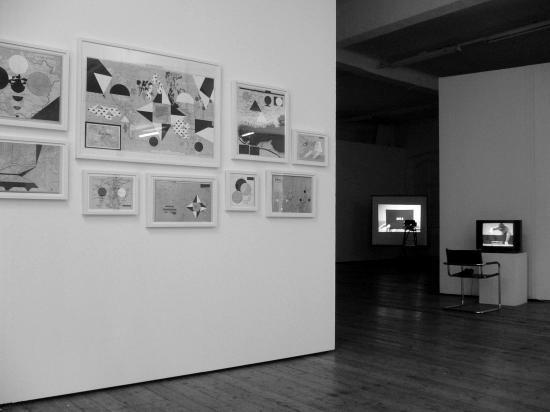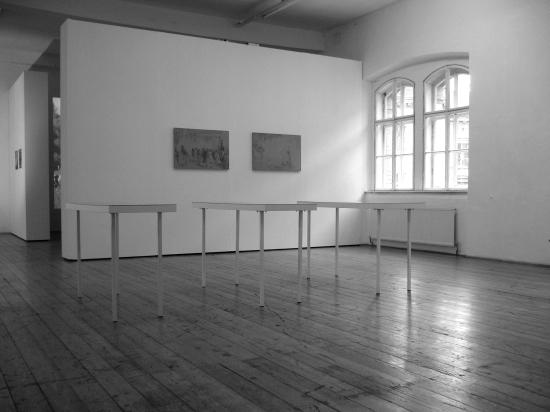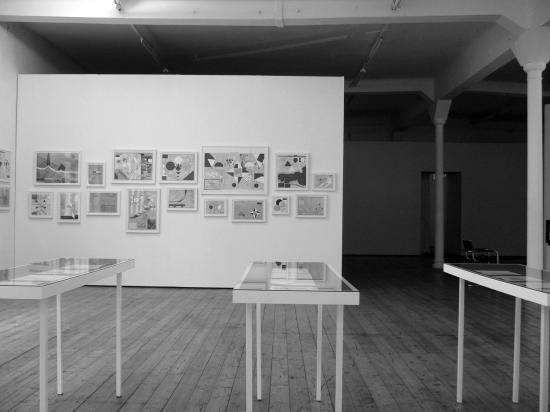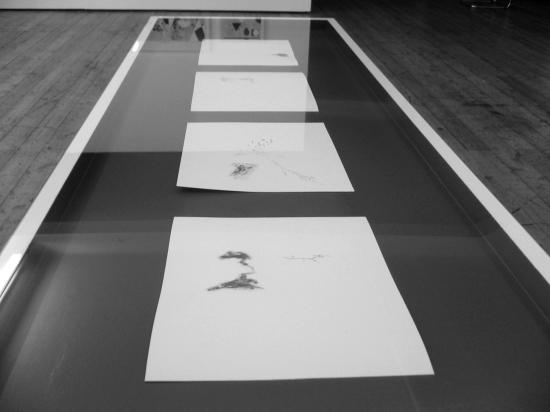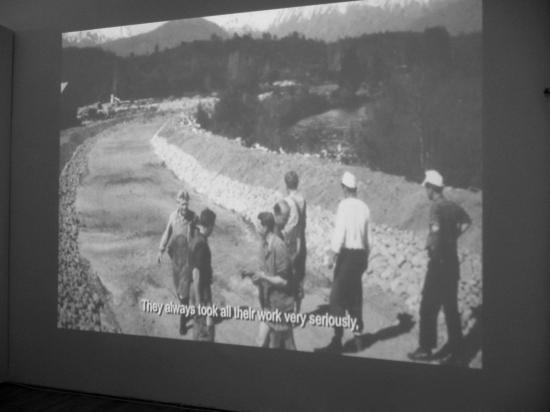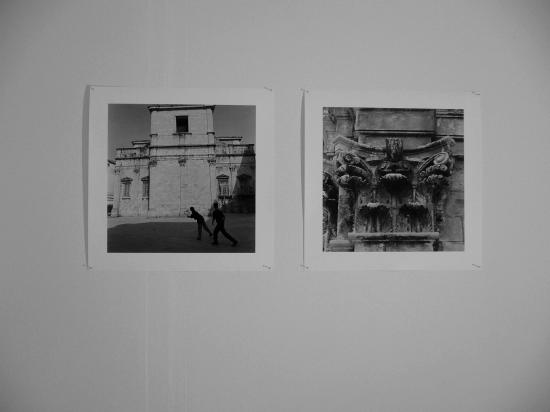And Then Nothing Turned Itself Inside Out
And Then Nothing Turned Itself Inside Out
Artists: Rosa Barba, Ann Böttcher, Ben Cain, Tina Gverovic, Sven Johne, Kristina Kvalvik, Anders Kreuger, Marko Tadic, Slaven Tolj, Judi Werthein
Curated by Antonia Majaca and Ivana Bago (DeLVe)
The exhibition And Then Nothing Turned Itself Inside Out is the second part of the trilogy that explores the relation between narrative structures and the notion of the 'immemorable' and which began with the exhibition Stalking with Stories: The Pioneers of the Immemorable at Apexart, New York, 2007. In the book Idea of Prose G. Agamben defines the 'immemorable' as that which 'skips from memory to memory without itself ever coming to mind [and which] is, properly speaking, the unforgettable.' This immemorable, or unforgettable, is an unconscious element that infiltrates the conscious memory and creates an involuntary memory.
In Michael Hanake's film Caché, the viewer finds himself in the midst of following a thriller story, a sort of an Agatha Christie plot, which develops around a quest for the mysterious sender of videotapes, disturbing the everyday life of what seems to be an ordinary French citizens and his family. The quest remains unsolved, the sender never identified, and the viewer's expectations are played out as she realizes that behind the surface of the plot, an entirely different drama had been taking place – the drama of colonization, dispossession, predetermined disposif of power relations and collective European guilt.
The exhibition And Then Nothing Turned Itself Inside Out explores the relations between the uncanny and the immemorial through similar tensions resulting from points of ruptures between dominant and visible narratives, collective truths and that which is suppressed in order to keep them together; it enlights cracks in the surfaces, the moments of clash between the visible and the hidden, between the articulated and the silenced, but also between the possibility and impossibility of articulation. All works are ventures into story-telling and story-uncovering, ranging from micro-narratives to exploring the ways how these are intertwined with collective and national histories and geopolitical contingencies and how their voicing can disclose and subvert neocolonial imperatives of political domination, economic exploitation and cultural erasure. The exhibition creates a cartography of questioning the Western cultural values of truth and progress as well as the historical narrative manipulated by suppressed and unknown memories. For many works in the exhibition, the storytelling they develope is just a method of searching for the invisible, the unspoken; it encourages the viewer to detect what is below the surface. In this way, the uncanny and sudden confrontations with the inner spaces of trauma, both past and present, become obvious, simultaneously unveiling immemorial geographies and histories that have never entered the dominant narratives.
The exhibition is developed through the Institute for Duration, Location and Variables (DeLVe) and supported by The Ministry of Culture, Austria; City of Vienna, City of Zagreb, Foundry Ujevic


